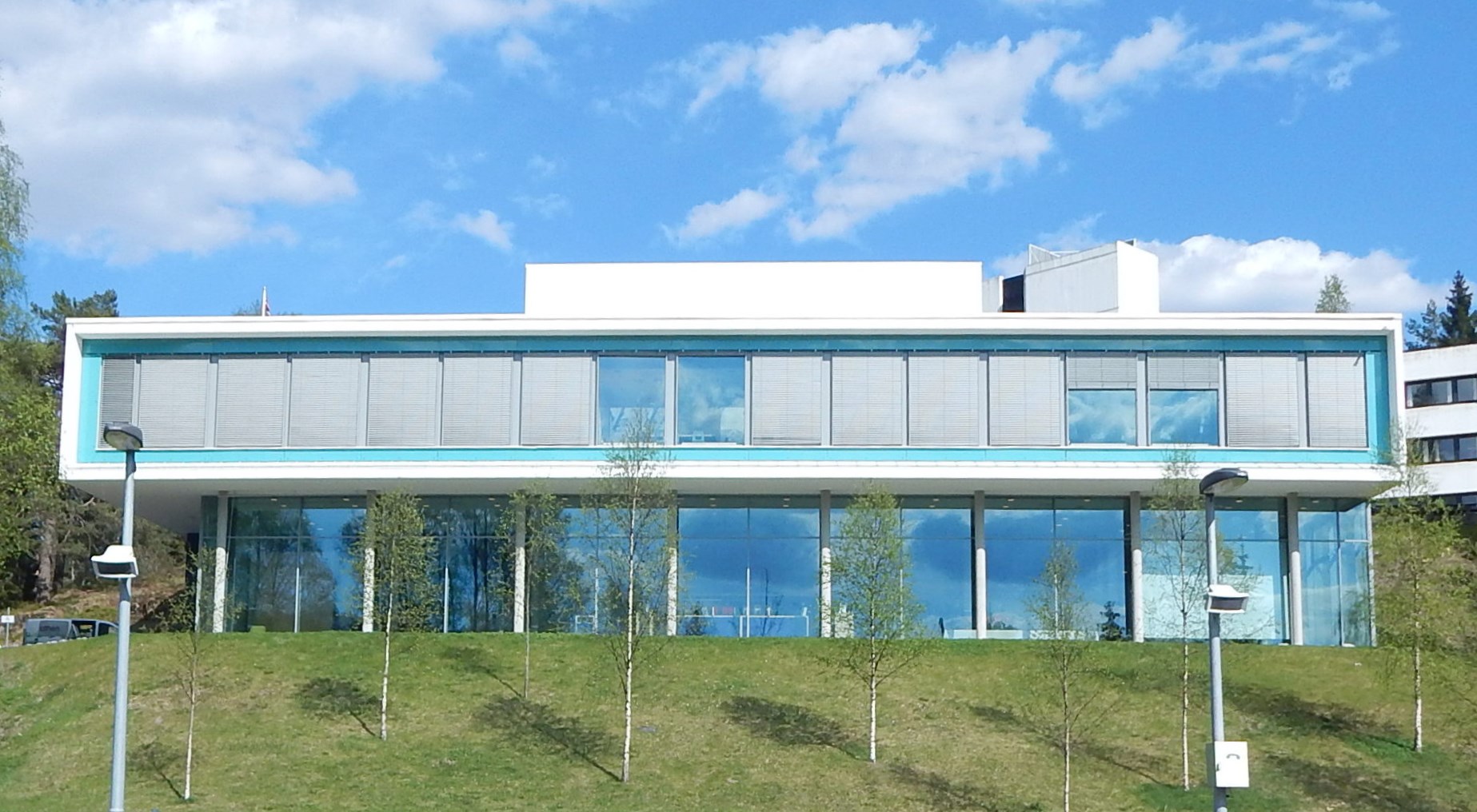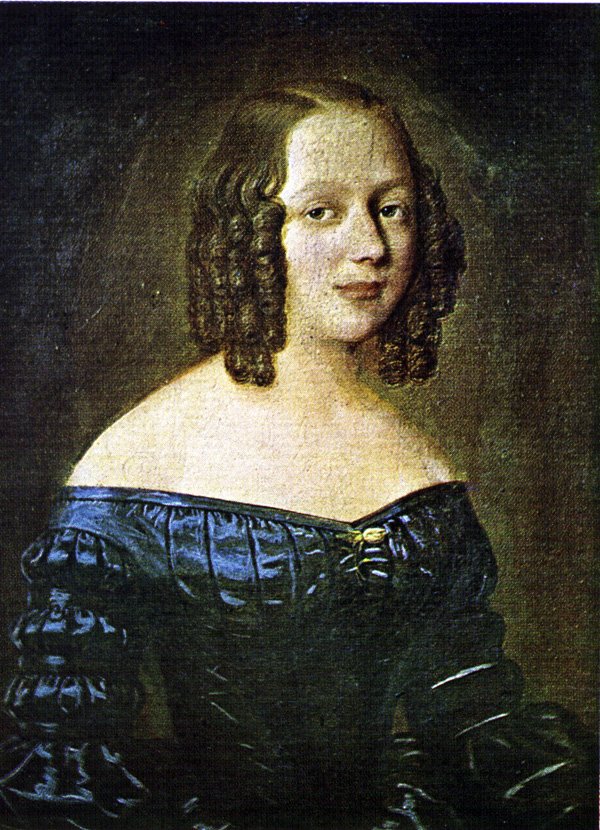|
National Archives Of Norway
The National Archives of Norway (''Riksarkivet'') is the institution responsible for preserving archive material from Norwegian state institutions, as well as contributing to the preservation of private archives. It does this work in cooperation with the regional state archives, together with which it forms the National Archival Services of Norway (''Arkivverket''). The National Archives was founded in 1817. Henrik Wergeland was appointed as the first national archivist in 1841. References External links * Norway Norway, officially the Kingdom of Norway, is a Nordic country in Northern Europe, the mainland territory of which comprises the western and northernmost portion of the Scandinavian Peninsula. The remote Arctic island of Jan Mayen and t ... Norwegian culture 1817 establishments in Norway Buildings and structures in Oslo Heraldic authorities National Archival Services of Norway {{Norway-struct-stub ... [...More Info...] [...Related Items...] OR: [Wikipedia] [Google] [Baidu] |
Riksarkivet I (Danish: 'Rigsarkivet')
{{disambig ...
''Riksarkivet'' may refer to: *National Archives of Sweden *National Archives of Norway *National Archives of Finland (in Finnish 'Kansallisarkisto') See also *Danish National Archives , nativename_a = , nativename_r = , logo = , logo_width = 300px , logo_caption = , seal = , seal_width = , seal_caption = , picture = File:Rigsarkivet.jpg , picture_width = , picture_cap ... [...More Info...] [...Related Items...] OR: [Wikipedia] [Google] [Baidu] |
Norway
Norway, officially the Kingdom of Norway, is a Nordic country in Northern Europe, the mainland territory of which comprises the western and northernmost portion of the Scandinavian Peninsula. The remote Arctic island of Jan Mayen and the archipelago of Svalbard also form part of Norway. Bouvet Island, located in the Subantarctic, is a dependency of Norway; it also lays claims to the Antarctic territories of Peter I Island and Queen Maud Land. The capital and largest city in Norway is Oslo. Norway has a total area of and had a population of 5,425,270 in January 2022. The country shares a long eastern border with Sweden at a length of . It is bordered by Finland and Russia to the northeast and the Skagerrak strait to the south, on the other side of which are Denmark and the United Kingdom. Norway has an extensive coastline, facing the North Atlantic Ocean and the Barents Sea. The maritime influence dominates Norway's climate, with mild lowland temperatures on the se ... [...More Info...] [...Related Items...] OR: [Wikipedia] [Google] [Baidu] |
National Archival Services Of Norway
The National Archival Services of Norway ( no, Arkivverket) is a Norwegian government agency that is responsible for keeping state archives, conducts control of public archiving and works to preserve private archives. It is subordinate to the Ministry of Culture and Church Affairs and consists of the National Archive (), eight regional state archives () and The Sámi Archives (). The organization has 190 employees and about of materials. The oldest complete document is from 1189. It is a letter (a so-called diploma) issued on 28 January 1189 by Pope Clement III (1187-1191) to all clergymen in Norway. The National Archive is located at Sognsvann in Oslo and preserves all central government papers from when they become 25 years old, as well as some archives from private individuals, companies and organizations. The National Archive is also responsible for control. The state archives are responsible for local and regional government and state agencies, as well as archives from pr ... [...More Info...] [...Related Items...] OR: [Wikipedia] [Google] [Baidu] |
Henrik Wergeland
Henrik Arnold Thaulow Wergeland (17 June 1808 – 12 July 1845) was a Norwegian writer, most celebrated for his poetry but also a prolific playwright, polemicist, historian, and linguist. He is often described as a leading pioneer in the development of a distinctly Norwegian literary heritage and of modern Norwegian culture. Though Wergeland only lived to be 37, his range of pursuits covered literature, theology, history, contemporary politics, social issues, and science. His views were controversial in his time, and his literary style was variously denounced as subversive. Early life He was the oldest son of Nicolai Wergeland (1780–1848), who had been a member of the constituent assembly at Eidsvoll in 1814. The father was himself pastor of Eidsvold and the poet was thus brought up in the very holy of holies of Norwegian patriotism. Wergeland's younger sister was Camilla Collett and younger brother major general Joseph Frantz Oscar Wergeland. Henrik Wergeland entered The ... [...More Info...] [...Related Items...] OR: [Wikipedia] [Google] [Baidu] |
Norwegian Culture
The culture of Norway is closely linked to the country's history and geography. The unique Norwegian farm culture, sustained to this day, has resulted not only from scarce resources and a harsh climate but also from ancient property laws. In the 19th century, it brought about a strong romantic nationalistic movement, which is still visible in the Norwegian language and media. In the 19th century, Norwegian culture blossomed as efforts continued to achieve an independent identity in the areas of literature, art and music. This continues today in the performing arts and as a result of government support for exhibitions, cultural projects and artwork. Cuisine Norway's food traditions show the influence of sea farming and farming the land, traditions with salmon, herring, trout, cod, and other sea food, balanced by cheese, dairy products and breads. Lefse is a common Norwegian wheat or potato flatbread, eaten around Christmas. Typical Norwegian dishes include: Rakfisk, smal ... [...More Info...] [...Related Items...] OR: [Wikipedia] [Google] [Baidu] |
1817 Establishments In Norway
Events January–March * January 1 – Sailing through the Sandwich Islands, Otto von Kotzebue discovers New Year Island. * January 19 – An army of 5,423 soldiers, led by General José de San Martín, starts crossing the Andes from Argentina, to liberate Chile and then Peru. * January 20 – Ram Mohan Roy and David Hare found Hindu College, Calcutta, offering instructions in Western languages and subjects. * February 12 – Battle of Chacabuco: The Argentine–Chilean patriotic army defeats the Spanish. * March 3 ** President James Madison vetoes John C. Calhoun's Bonus Bill. ** The U.S. Congress passes a law to split the Mississippi Territory, after Mississippi drafts a constitution, creating the Alabama Territory, effective in August. * March 4 – James Monroe is sworn in as the fifth President of the United States. * March 21 – The flag of the Pernambucan Revolt is publicly blessed by the dean of Recife Cathedral, Brazil. Apr ... [...More Info...] [...Related Items...] OR: [Wikipedia] [Google] [Baidu] |
Buildings And Structures In Oslo
A building, or edifice, is an enclosed structure with a roof and walls standing more or less permanently in one place, such as a house or factory (although there's also portable buildings). Buildings come in a variety of sizes, shapes, and functions, and have been adapted throughout history for a wide number of factors, from building materials available, to weather conditions, land prices, ground conditions, specific uses, prestige, and aesthetic reasons. To better understand the term ''building'' compare the list of nonbuilding structures. Buildings serve several societal needs – primarily as shelter from weather, security, living space, privacy, to store belongings, and to comfortably live and work. A building as a shelter represents a physical division of the human habitat (a place of comfort and safety) and the ''outside'' (a place that at times may be harsh and harmful). Ever since the first cave paintings, buildings have also become objects or canvasses of much artistic ... [...More Info...] [...Related Items...] OR: [Wikipedia] [Google] [Baidu] |
Heraldic Authorities
A heraldic authority is defined as an office or institution which has been established by a reigning monarch or a government to deal with heraldry in the country concerned. It does not include private societies or enterprises which design and/or register coats of arms. Over the centuries, many countries have established heraldic authorities, and several still flourish today. Europe Belgium * The Council of Nobility (1844–present) – deals with grants arms to the nobility in all of Belgium and municipal arms in the German Speaking Community of Belgium. *Council of Heraldry and Vexillology (1985–present) – supervises and advises the Government of the French Community regarding registration of non-noble personal, familial and municipal arms within the French Community of Belgium. *Flemish Heraldic Council (1984–present) – supervises and advises the Flemish Government regarding grants of non-noble personal, official, municipal, and corporate arms within the Flemish Comm ... [...More Info...] [...Related Items...] OR: [Wikipedia] [Google] [Baidu] |




